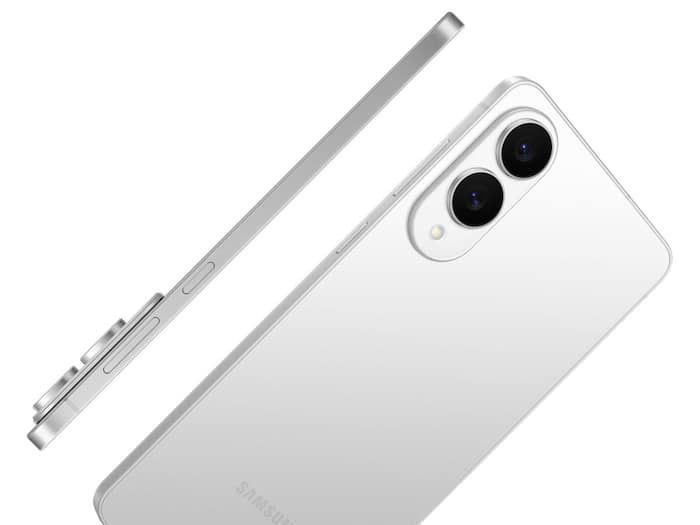
Written By Shubham Arora
Published By: Shubham Arora | Published: Aug 12, 2025, 01:03 PM (IST)

Samsung launched its slimmest smartphone – the Galaxy S25 Edge – in May under the flagship S25 lineup after giving us a glimpse earlier this year. Though the device is still fresh in the market, rumours about its successor Galaxy S26 Edge have started surfacing online. The alleged Samsung Galaxy S26 Edge has recently made a visit on a benchmarking platform, revealing its internal specifications way ahead of launch. Also Read: Samsung Galaxy S26 Series Could Debut With Exynos 2600 Built On 2nm Process
According to a Gadgets 360 report, a new Samsung phone, denoted by the model number SM-S947U, has appeared on Geekbench. The U identifier suggests that it will be a US model. The device is said to be the upcoming Galaxy S26 Edge, listed with an octa-core processor. According to the listing, the chipset is made on an armv8 architecture with a base frequency of 3.63GHz. It features two cores clocked at 4.74GHz and six cores maxed out at 3.63GHz. Also Read: OnePlus Ends Hasselblad Partnership, Prepares Its Own Imaging Tech For OnePlus 15
Notably, these clock speeds are higher than the flagship Qualcomm Snapdragon 8 Elite chip which powers the entire Galaxy S25 lineup. This means that the Samsung Galaxy S26 Edge could pack the upcoming Snapdragon 8 Elite 2 SoC. Also Read: iQOO 15 Leak Reveals Key Specifications Ahead Of Launch: Here’s What To Expect
The listing further states that the device will feature 10.84GB of RAM, which could be rounded off to 12GB in marketing materials. The Galaxy S26 Edge will run Android 16 out of the box.
According to the report, the Samsung Galaxy S26 Edge with Snapdragon 8 Elite 2 chip scored 3,393 in single-core and 11,515 in multi-core test on Geekbench 6.4.0 Corporate for Android AArch64 benchmarking test. The chipset reportedly beats the Galaxy S25 Edge and even the Galaxy S25 Ultra by a slight margin. This suggests that the upcoming flagship chip – Snapdragon 8 Elite 2 – may not offer a big upgrade over the current flagship chip found in Android phones.